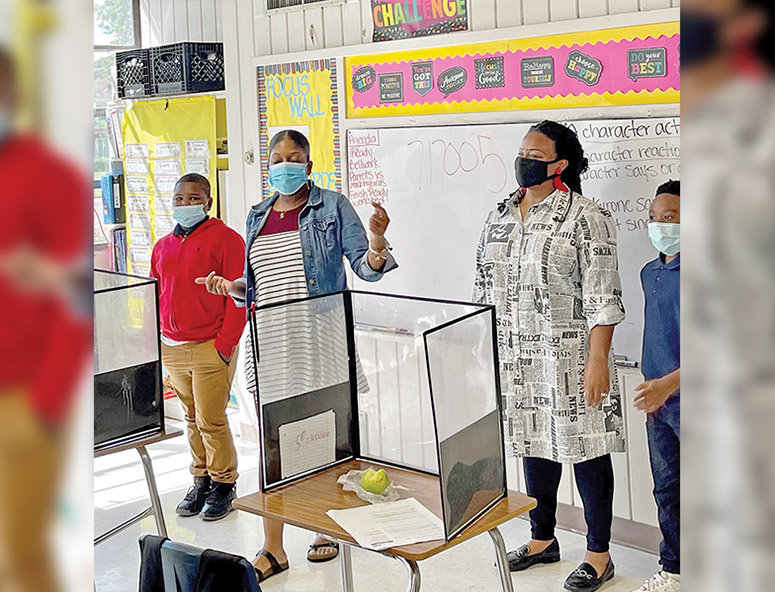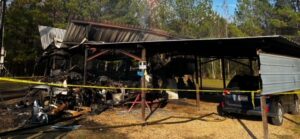Social and Emotional Learning is more than a program: It’s a mindset, an atmosphere and how the people in the school take care of each other.
“It’s every school, every classroom, every day,” Columbus Municipal School District Behavior Specialist Christina Shumpert-Chapman said. “It’s more of a shared responsibility.”
Schools in the Golden Triangle have made SEL a major part of their curriculums and have started to see results.
The state formally established the SEL standards in 2020, a year when many students were isolated from their friends and learning virtually due to the COVID-19 pandemic. Among the state standards is to “provide knowledge, skills, tools and other resources to all school staff to help improve student social and emotional learning skills and encourage students to exhibit positive social behaviors.”
So when students fully returned to in-person learning this school year, SEL was there to help smooth the transition.
“The goal is to help students try to understand and empathize with what other people are going through,” Shumpert-Chapman said.
In each school, there is an SEL team composed of a facilitator, timekeeper, data lead, note taker, communicator, equity monitor and welcome captain. The initiative is broken into five domains — self-awareness, self-management, social- awareness, relationship skills and responsible decision-making — with lessons on a grade-appropriate level K-12.
CMSD also partnered with organizations like Community Counseling Services and Building Better Brains to visit different schools and help teachers and other staff more effectively guide students in social and emotional learning.
“Until we address the social and emotional learning needs for our students then the academic side of things won’t come,” Shumpert-Chapman said.
In Lowndes County School District, each school has started looking into how to better present SEL to their students.
“Each school in our district created a plan on how to tackle teaching the standards this year,” Curriculum Coordinator Christy Adams said. “Some are using counselors, some are asking the teachers to cover them in the homeroom, some are posting videos in Schoology for the students, some are incorporating them into their PBIS (positive behavior) program. We are also researching programs that have domain and standard-specific video lessons to see if one of those programs would benefit us in teaching the standards.”
Emily Hendrickson, behavior interventionist at SOCSD’s West Oktibbeha Elementary, said since her school started the SEL program earlier this year, she has seen fewer office disciplinary referrals and she says that is because, with SEL, the mindset of the school has changed.
“This year we have made a big push to keep a (positive) school climate,” she said. “… One of our primary goals is that we want our kids to want to be there.”
One way West Elementary has worked to raise the “climate of the school” is by a program called “Best Bucks.” These are given to students from anyone in the school that sees them doing something positive and helpful. Students can receive a “Best Buck” from administrators, bus drivers, teachers, etc.
“Without everyone being on board with this, it wouldn’t work,” Hendrickson said. “It takes everyone.
“If we (schools) don’t create a positive environment for the kids, then we are not doing our job,” she added.
You can help your community
Quality, in-depth journalism is essential to a healthy community. The Dispatch brings you the most complete reporting and insightful commentary in the Golden Triangle, but we need your help to continue our efforts. In the past week, our reporters have posted 51 articles to cdispatch.com. Please consider subscribing to our website for only $2.30 per week to help support local journalism and our community.




